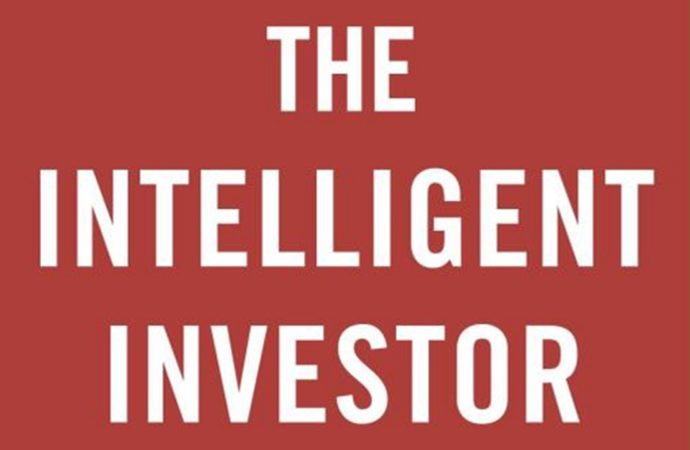This is Part 2 of The Intelligent Investor. Part 2 covers Chapters 4, 5, & 14 with the topic being The Defensive Investor. You May Find the links that are relevant and Introduction at: The most Intelligent Investor Book Review in thirty Minutes – Who’s the Defensive Investor? The investor is unable, or unwilling, to
This is Part 2 of The Intelligent Investor. Part 2 covers Chapters 4, 5, & 14 with the topic being The Defensive Investor. You May Find the links that are relevant and Introduction at: The most Intelligent Investor Book Review in thirty Minutes – Who’s the Defensive Investor? The investor is unable, or unwilling, to put in time and the effort necessary to be an investor. Contrary to the investor their world will not enlarge beyond options that are stable. General Portfolio Policy: The Defensive Investors Chapter 4 – The popular opinion is that investors must tailor the quantity of risk.
Graham has another outlook: the quantity of risk investors to accept should depend on the quantity of effort the run investor is able and willing to expend. The passive or defensive investor, To put it differently, should be willing to take a mean yield. The investor that makes the effort can achieves greater yields. The defensive run investor can divide his portfolio equally between shares and bonds\/cash. Portfolio rebalancing may be reserved for times when asset allocations are brought by valuations from the target. Graham uses the instance of rebalancing when values change to greater or 55-45. For instance, if stocks increase by 10 percent and are now 55%, you’d sell 5% of your stocks and purchase 5% more bonds to attain the desired 50-50 split.
There are two major questions regarding bonds: Taxable or tax free, and also short or long maturities? The tax question is essentially a mathematical calculation based on that the investors tax bracket. The question of maturity should be based on the investors perceived need for yield and risk\/opportunity of a change in principal value. At the comment, Jason Zweig notes Graham never mentions that the word age when discussing advantage allocation. The quantity of risk you assume must have absolutely nothing to do with your age. The Defensive Investor and Ordinary Shares Chapter 5 – The two main benefits of stocks are that they provide protection against inflation and offer a higher rate of return than bonds\/cash in the long run.
These advantages can be wasted if the run investor pays too high a cost for his stock. Graham suggests four rules for that the defensive investor: 1. Adequate diversification – Graham proposed between 10 and 30 different problems – 2. Stick to large, outstanding, conservative companies. Each company must have 20 years of continuous dividend payments. Limit the price you’re happy to pay to – 25 occasions average earnings over the last 7 years and – 20 occasions earnings for last 12 month period – The defensive run investor will more than probably have to abandon growth stocks.






















Leave a Comment
Your email address will not be published. Required fields are marked with *